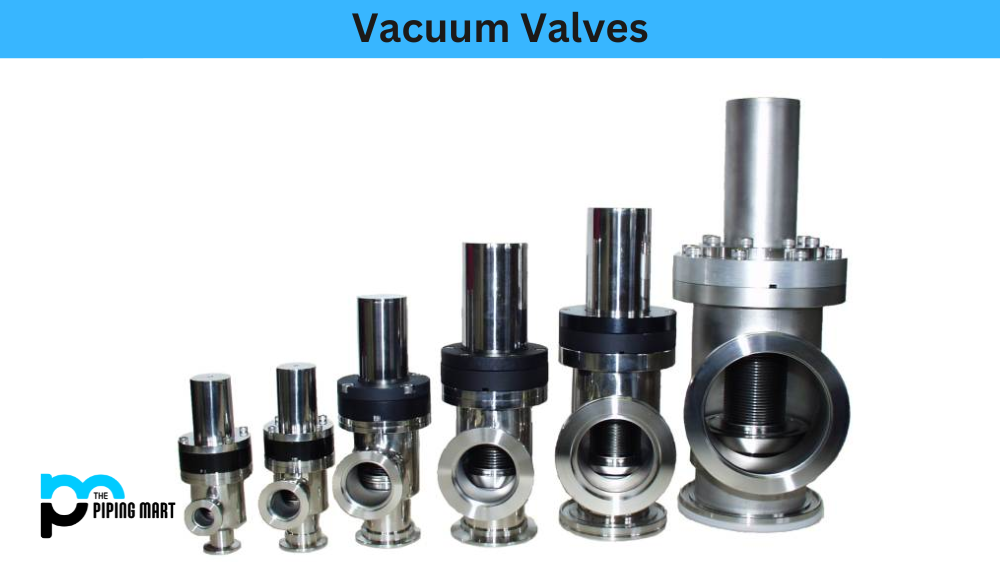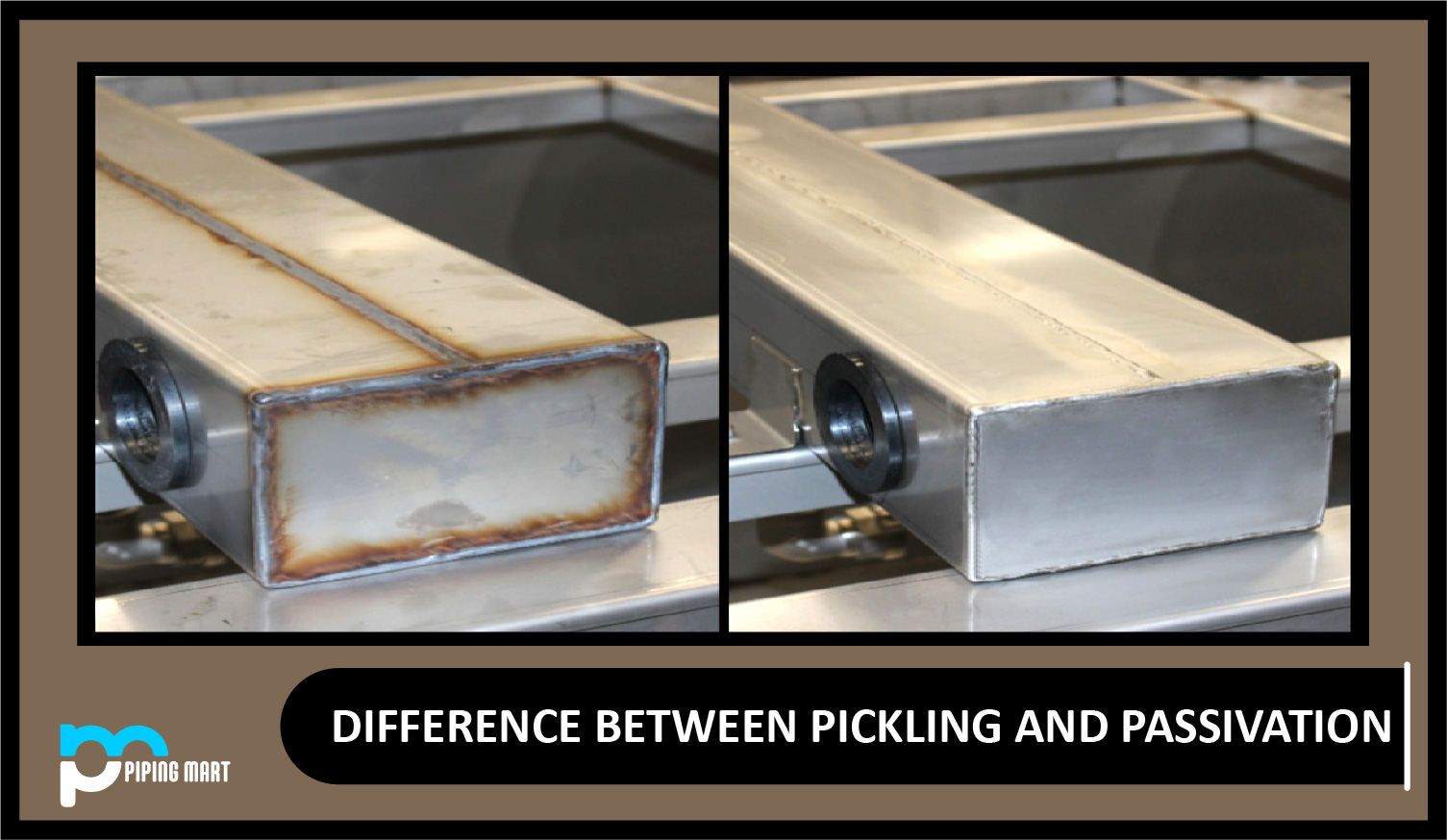Vacuum valves are specialized components that play a critical role in vacuum systems. They control the flow of gases and liquids, protect equipment from unwanted contaminants, and help maintain the desired pressure levels. These valves are necessary for the operation of vacuum systems to be protected, and the results would be far from optimal. However, the sheer variety of available vacuum valves can be overwhelming, making it hard to determine which type is best for a specific application. This blog post will explore the main types of vacuum valves, their properties, and their applications.
Gate Valves
Also known as knife edge valves, gate valves offer a tight seal and excellent flow control. These valves consist of a gate or wedge that slides in and out of the flow of media to either block the flow or allow it to pass through. They are commonly used in vacuum systems that require low leak rates, such as semiconductor manufacturing, research, and high-energy physics. Gate valves are typically available in two versions: manual and motorized.
Butterfly Valves
Butterfly valves feature a circular disc that rotates on an axis to regulate flow. They are compact, lightweight, and affordable, making them the preferred choice for various low-to-medium vacuum applications. Butterfly valves come in multiple forms, such as manual, motorized, and pneumatic, each with benefits and drawbacks.
Ball Valves
Ball valves use a rotating ball inside a cylindrical body to control the media flow. They offer low leakage and easy cleaning, making them popular in corrosive media applications or frequent cleaning. Ball valves come in two primary varieties: full bore (two-way) and diverter (three-way or more), each suitable for different applications.
Diaphragm Valves
Diaphragm valves use a flexible diaphragm to prevent leaks, making them ideal for handling corrosive or dangerous media. They are also known for their excellent flow control and compatibility with various vacuum systems. Diaphragm valves are available in manual, motorized, and pneumatic varieties.
Angle Valves
Angle valves are designed for applications that require a change in the direction of the media flow. They consist of a body with an angled port and a moving disc that controls the media’s flow. Angle valves are most commonly used in vacuum systems that require particle-free flow, such as surface analysis, vacuum coating, and leak testing.
Conclusion
In conclusion, choosing the correct vacuum valve can be daunting, but it is critical for maximizing vacuum systems’ performance, reliability, and durability. Each type of valve has unique properties, advantages, and disadvantages that make it suitable for specific applications and environments. By understanding the different types of vacuum valves, you will be better equipped to make informed decisions about which valve is the best fit for your application. Remember that selecting the correct valve may require consulting with a team of experts in vacuum technology to match the valve selection with the performance requirements of your unique vacuum system.

A passionate metal industry expert and blogger. With over 5 years of experience in the field, Palak brings a wealth of knowledge and insight to her writing. Whether discussing the latest trends in the metal industry or sharing tips, she is dedicated to helping others succeed in the metal industry.




